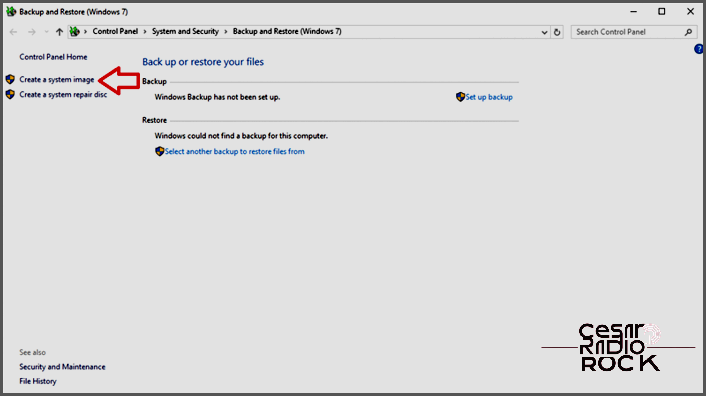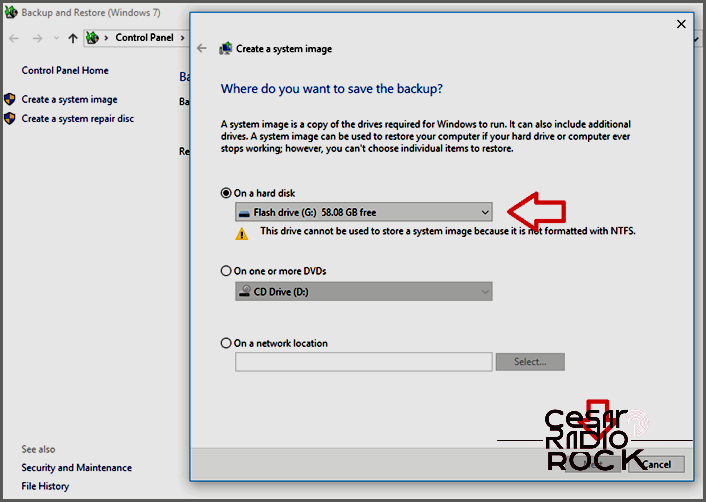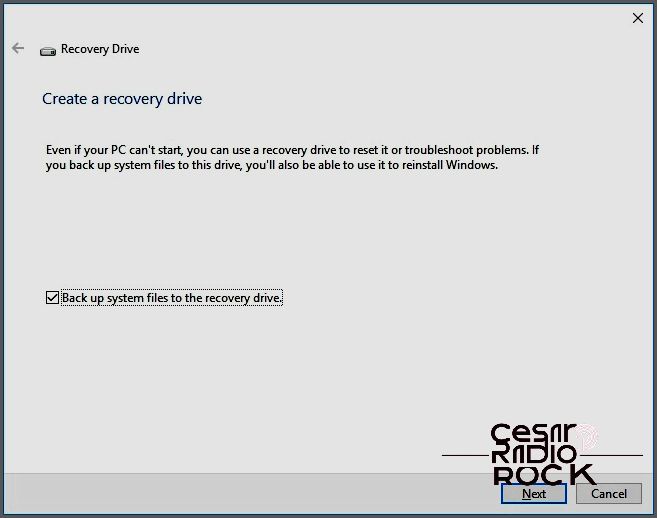How to Easily Create a Backup of Your Current Windows 10 State
Creating backups in Windows 10 can be a bit tricky without a third-party tool, but there’s a simple way to do it: create a system image backup. It might sound complicated, but it’s actually quite straightforward. Just press a couple of buttons and let Windows 10 do the hard work for you.
Let me guide you through the process!
What You Need
When you create a system image, you’re essentially making a backup of your PC in case anything goes wrong. However, storing the system image on the same drive as your operating system is not recommended. If that drive crashes, you won’t be able to access the system image at all. That’s why you need an external source. So before you begin, make sure you have another place to save the image file, like an external hard drive or a large flash drive. In fact, you’ll need a separate drive to create the system image because it can’t be saved on the same hard drive.
Creating the System Image
The first step is to connect your external drive to your computer. It can be any type of external storage, such as an external hard drive or a flash drive.
Next, open the Start menu and type “Backup and Restore (Windows 7)” in the search box. You’ll see the “Backup and Restore (Windows 7)” program within Control Panel. Click on it to proceed.

Alright, let’s wrap things up. Over on the left side of the screen, go ahead and give that Create a system image option a little click.

Here’s where that external drive comes in handy. A window will pop up, giving you the option to save the System Image on either an external storage device or a writable DVD. Once you click “Next” after making your choice, the wizard will guide you through the process step by step. Just remember that the drive you’re using needs to be formatted as NTFS in order for it to work.
It’s important to note that this process can take quite a while, potentially lasting a couple of hours. The System Image is essentially a snapshot of your entire operating system – your boot sector, applications, all your files, and so on. The image file that’s created is a compressed version of all this information, which is why it can take some time to complete due to its size.
Once the backup is finished, you’ll be asked if you want to create a System Recovery Disc. If you have an optical drive and a blank DVD, you can do this here. Alternatively, you can use the Recovery program in Control Panel to create a Recovery Drive on a flash drive.

If you don’t have a shortcut to access it, you can search for Create a recovery drive in the taskbar. Just click on the link to the Control Panel program. You might have to enter an administrator password to continue. But once you’re in, the wizard will guide you through the steps. Just remember to check the box for Back up system files to the recovery drive before moving forward.
It’s important to know that once you’ve gone through the wizard, you won’t be able to use that flash drive for anything else — it’s now exclusively a Recovery Drive for your Windows 10 system. Oh, and make sure you have a flash drive that’s at least 16GB in size if you want to choose the Back up system files to the recovery drive option.
Restoring using your System Image

Restoring your computer with a System Image in Windows 10 is super easy. If you’re able to start up Windows 10, just follow these simple steps: open the Settings menu, go to Update & Security, and then click on the Recovery tab in the left sidebar. You’ll see a “Restart Now” button that allows you to boot up from your flash drive or System Recovery Disc that you made earlier.
If you can’t start up Windows 10, don’t worry. Changing the boot order isn’t as scary as it sounds, and won’t cause any harm to your computer. To do it, you’ll need to restart your computer and press the F2 key when it’s starting up. The key might be different on your computer, so check the manual or search online. You can also look for a message that tells you which key to press when your computer turns on.
Once you’re in the Setup screen, look for a “Boot” or “Boot Order” option. When you find it, use the on-screen instructions to change the boot order to either your optical drive (if you’re using a System Recovery Disc) or your flash drive (if you’re using a Recovery Drive). Remember, you need to have made the System Recovery Disc or Recovery Drive beforehand for this to work.
Once you’ve changed the boot order to the device you’re using, follow the on-screen instructions to exit the setup and restart your computer. It will now boot from either the optical disc or the Recovery Drive. From there, you can simply follow the wizard to restore your computer back to how it was before. It may ask you to choose the keyboard language first, and then you should see options for Reset this PC and Recover from a drive.
Closing
By following these steps, you can easily create a backup of your entire operating system in a System Image file. This makes it really convenient to back up your PC in case something goes wrong — all you have to do is boot from the Recovery Drive.
If you use your computer a lot, it’s a good idea to do this process a few times a year. Having a complete system backup like this is very useful. Of course, this doesn’t replace your regular daily backups, but it’s an extra layer of protection.
